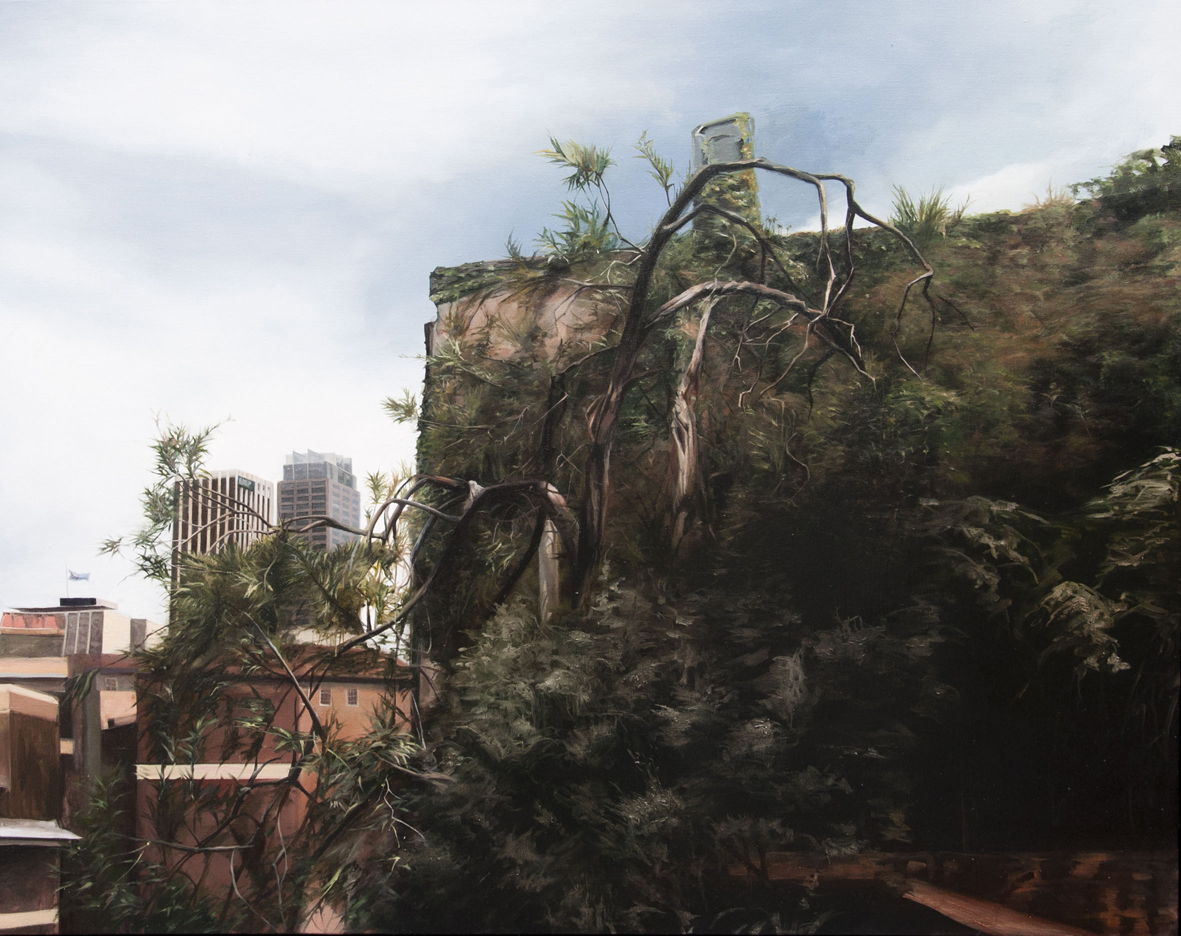If the creators of Midsomer Murders ever run out of ideas (and after 20 seasons they surely have), they could do a lot worse than attend an arts fair. DCI Barnaby would have been kept very busy at the Affordable Arts Fair in Melbourne where the death rate, in artistic terms, was phenomenal. I saw illustration, décor and crass commercialism but very little art. Have a good look at the logo…..is it any wonder the artist has hidden her face?
One of the more appalling stands was the online gallery, Bluethumb. It had me realizing that I’m mixing with the wrong crowd. Yes, I have sold 2 paintings on that site, but none recently and clearly I am out of step with their main focus – colour, surface, texture. Interestingly, the Bluethumb people gave me a wide berth whilst I was there – was it the expression on my face? Or did they recognise me from a few months ago when they sent me false sale notifications on 2 consecutive days and I spread the word far and wide?
There were some gems in the ocean of detritus, if you were prepared to look hard enough, and I have included images of them below. There may have been others but after an hour or so I’d had enough. So it was off to the Hophaus Restaurant in Southbank to detox.
Shannon Smiley, Near The Harbour Bridge, oil on canvas
Katsutoshi Yuasa, Tread Softly Because You Tread On My Dreams, Oil-based Woodcut
Wayne Fogden, Le Venaria Reale, Inkjet Print
Luis Fuentes, Home, Oil On Canvas





























